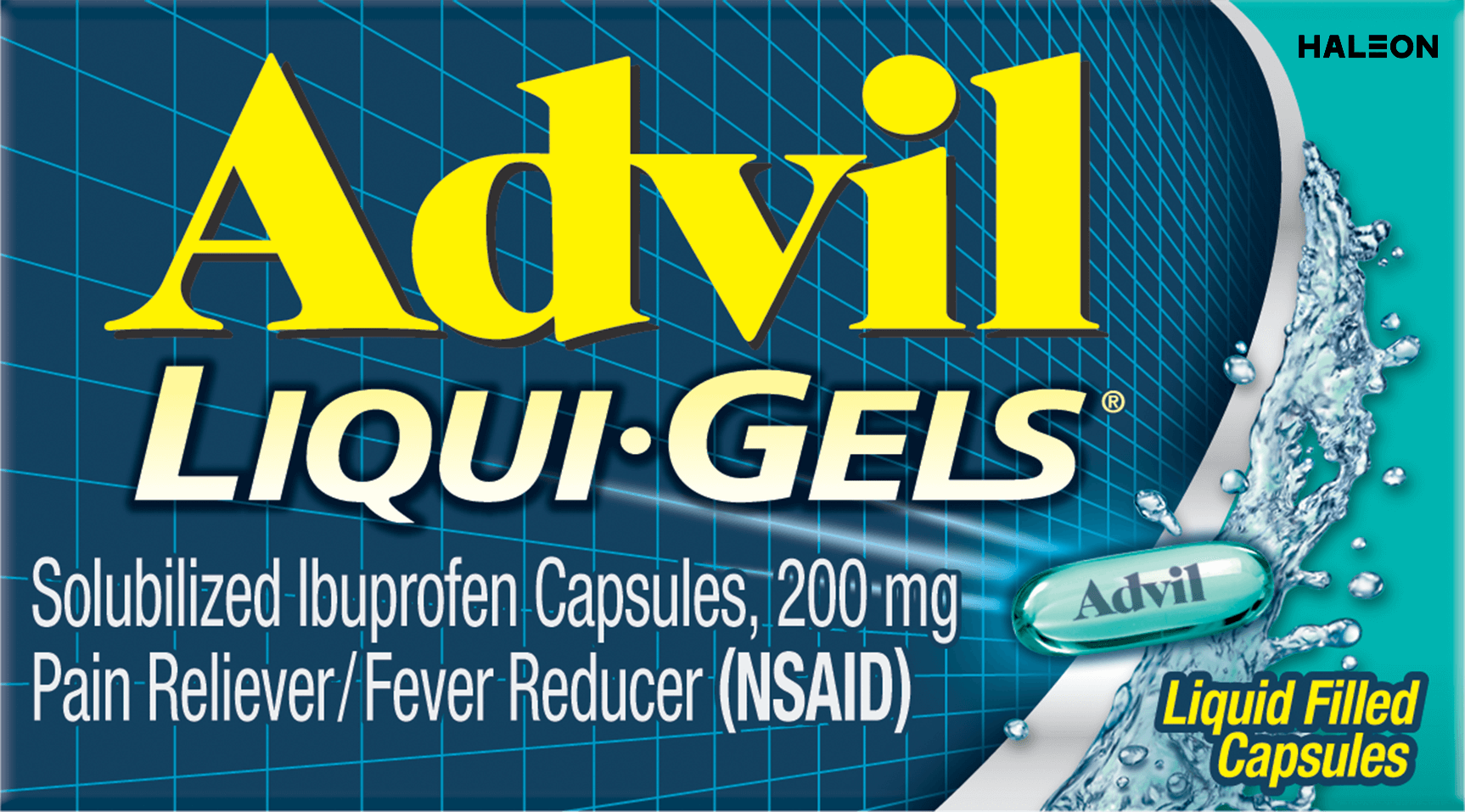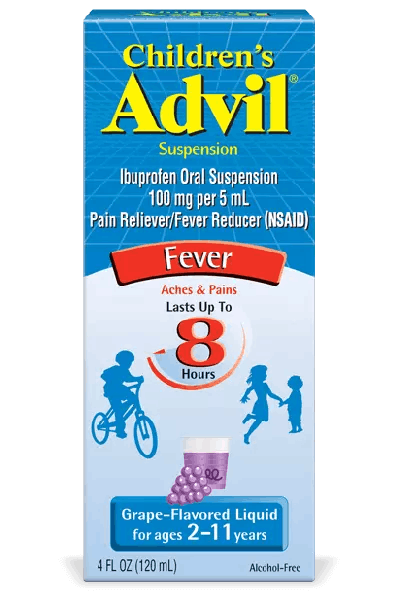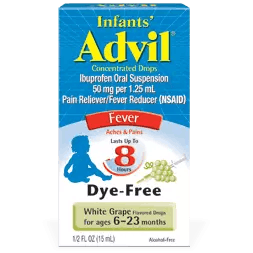Symptoms of a cold can include runny or stuffy nose, sneezing, sore throat, fever and loss of appetite. Find out how you can treat them all here.
For A Stuffy Nose:
- Did you know that saline (saltwater) nose drops can help thin nasal discharge? Simply place a few drops into each nostril followed by a gentle bulb suction. Ask your doctor what saline drops would be appropriate for your child.
- Using a cool-mist humidifier or vaporizer in your child’s room can help moisten the air and clear your child’s nasal passages.
- For children 4 years of age and older, decongestants are excellent over-the-counter options to relieve a stuffy nose.
For Chest Congestion:
- Something as simple as chest physical therapy can help loosen your infant’s or child’s mucus. Lay your child across your knees, face down; cup your hand, and gently tap your child’s back. This also works if your child sits on your lap with his/her body leaned forward about 30 degrees while you gently tap on their back.
- A cool-mist humidifier or vaporizer can also help relieve your child’s chest congestion
- For children 4 years of age and older, an expectorant is also an excellent over-the-counter option to relieve chest congestion.
For A Cough:
- For a cough, a key ingredient is honey. It is sometimes given alone, or can be found in some cough products. Please note, it is not safe to give honey to babies younger than 1 year old
- If your child is older than 4 years, cough drops or lozenges can help soothe his/her throat.
- Don’t ever give more drops than directed on the package, and do not give them to a child younger than 4 years
- For children 4 years of age and older, an antitussive is an excellent over-the-counter option to relieve cough
For a Runny nose:
There’s not much you can do for a runny nose except periodically clearing it for easier breathing. It’s better to have your child sniff and swallow the secretions rather than blow them out, which could cause the virus to spread to the ears and sinuses.
Sore throat:
Help relieve your child’s sore throat by giving your child warm salt water to gargle with. And remember, in addition to reducing fever, Children’s Advil relieves sore throat pain, too.
Loss of Appetite:
- When your child has a cold, it’s important that he or she doesn’t become dehydrated. Encourage your child to consume lots of fluids, like chicken soup, even if he or she doesn’t feel like eating or drinking.
Children’s Advil relieves aches and pains due to the common cold or flu including sore throats and headaches. And Children’s Advil reduces fever faster* and keeps it down longer than Children’s Tylenol - up to 8 hours of relief in just one dose.
*Based on reducing fever below 100°F.
Brands herein are trademarks of their respective owners.








